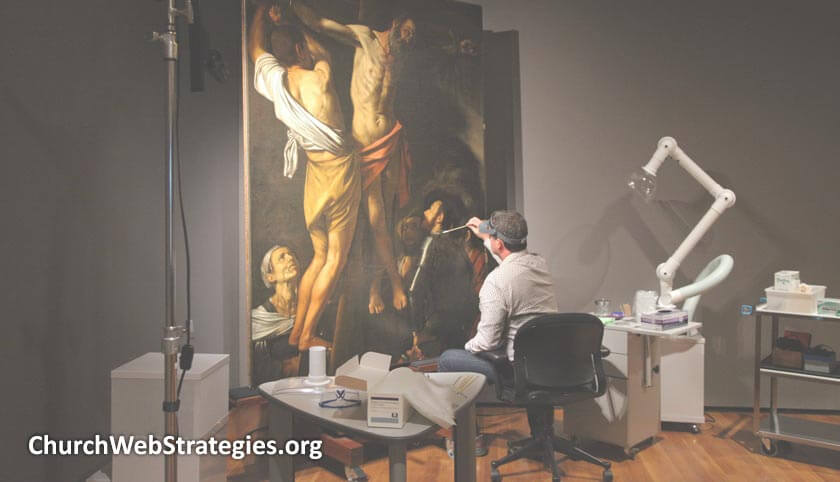After creating your initial draft of personas, you need to confirm your guesses. I know you already did this with internal ministry leaders. But this is with actual users. Validating personas against users should uncover interesting details your ministry leaders missed. Or you may uncover larger problems. Regardless, you will better understand how people use your digital ministries.
First, you should develop at least one persona to work on. Go through the steps I outlined in my previous article. You need a persona before you can begin validating it. Once you do that, start with some research.
Research
One tip I mentioned in my original persona article was to conduct demographic research in your city. The census bureau has national as well as localized information. Their Quick Facts page has plenty of statistics to look through. This includes age, race, income, and even the number of houses in a city. Use this data to verify your initial assumptions, or to add extra details to your personas.
Surveys
Unfortunately, census information only gives you raw data. Use anonymous surveys to add personal details to those numbers. A survey of existing members helps you understand why they joined your church, and why they are still here. If they understand how it will help them, you should get a very good completion rate. Surveying prospective, or non-members is trickier. You might try social media shares to get feedback. For better results, ask members to share with their friends. If your church participates in community events, try a quick paper survey. You can add a gift giveaway for greater participation. The biggest point here is to keep it anonymous and short. Get good answers to the most important problems, not bad answers for all.
Interviews
Of course, this is the most time-intensive form of feedback. But it gives you the ability to ask important follow-on questions. You will gain a unique insight into what drove people to stay with or leave a church. And, what digital tools will best serve their daily needs. Then you can dig further with what would be most convenient and helpful. Talk about times, platforms, and length of the content. Do not settle for what you could get with a survey. Ask deeper questions so you have answers you will eventually need. For best results, record your interviews. This way you can focus on the conversation without taking long breaks to write notes.
Action Item
Move through the suggestions mentioned above, and in that order. Let other staff members or volunteers help with your research. Then craft a survey to fill in some of your gaps. Finally, conduct interviews to get the subjective data you need. After this is all done, go back to your personas. Add, edit, and remove data per your new findings. Then take it all back to your larger team and present your updated personas. Let them see the results of your hard work. And help them understand who their users really are.
Photo courtesy of Cleveland.com / Thomas Ondrey

